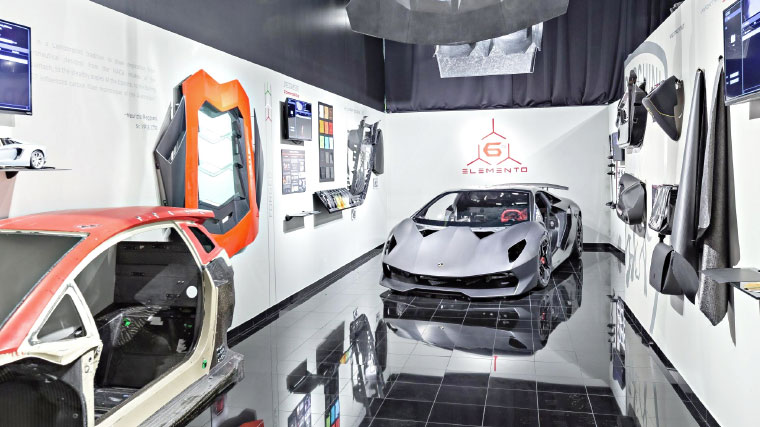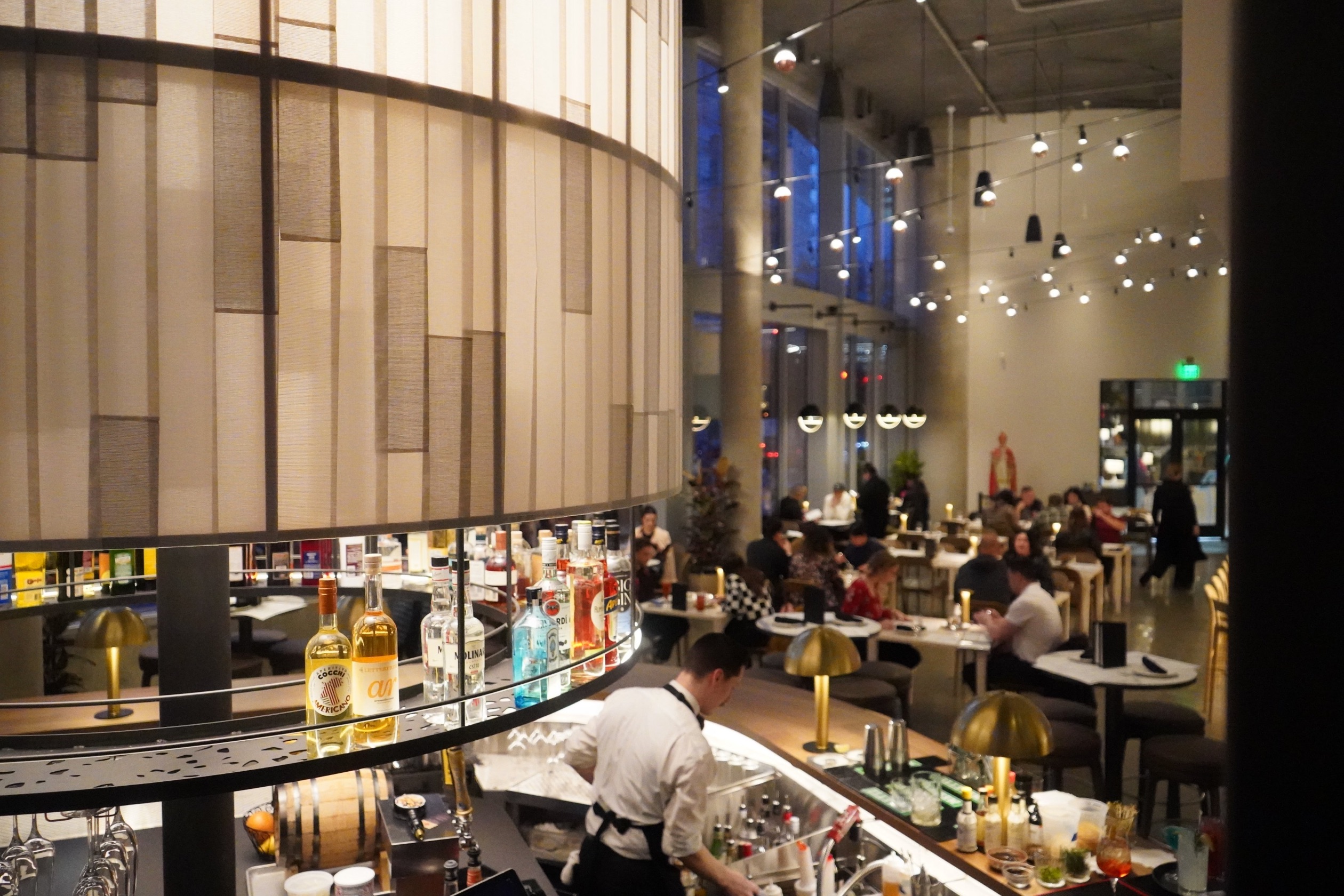Since 1963, Lamborghini automobiles have topped the list when it comes to ultralight, ultrafast, ultracool sports cars. In 2007, to conduct research in carbon fiber materials, the luxury car company opened an innovative lab on the campus of the University of Washington, drawn to Seattle for its proximity to aviation power house Boeing.
Two years ago, the Automobili Lamborghini Advanced Composite Structures Laboratory moved off-campus to open an independent facility in the Interbay district, an industrial neighborhood just north of downtown Seattle. Puget Sound’s dominant role in innovation and research, along with its booming high-tech community, ensures an ongoing supply of highly qualified engineers, researchers and others to help unlock new potential in carbon fiber.

On June 20, American and Italian dignitaries gathered to celebrate the lab’s official opening. Special guests included Washington State Governor Jay Inslee, Lamborghini CEO Stefano Domenicali and the company’s R&D Director Maurizio Reggiani.
Lamborghini has always been an industry leader in the development and application of carbon fiber. In fact, the opening event in June marked the 30th anniversary of the company’s use of carbon fiber-reinforced polymer in its vehicles. The revolutionary material, called Forged Composite, significantly cuts down on manufacturing time.
The ACSL is headed by Dr. Paolo Feraboli, a former UW aeronautical engineering professor who had also worked at Boeing. Together, he and his research team explore and test solutions for composite materials, focusing on such issues as damage tolerance, certification and crashworthiness. The Seattle lab works in close collaboration with Lamborghini’s research center in Sant’Agata Bolognese, Italy.
“Carbon fiber is a material that Lamborghini has a long history with,” said Domenicali, the company’s newly appointed CEO and former head of the Ferrari Formula 1 team. “Starting with the Countach Quattrovalvole and continuing today, it is one of the most important keys to the success of our cars in the past, present and future.”
During the opening ceremonies, Governor Inslee cited the Pacific Northwest’s reputation as a global research and high-tech hub. “Seattle is a nexus for innovation and Lamborghini’s choice to base its carbon fiber research center here reflects that,” he said. “Lamborghini’s Advanced Composite Structures Laboratory, their continued success in developing breakthrough technology, and their collaboration with Boeing is a benefit and a point of pride for the city and the state of Washington.”
Inslee went on to note that the materials produced by the ACSL are now being used in Boeing jetliners as well as in Lamborghini supercars, and that the companies are working together to advance the field. But the application of this research is not just for luxury cars or jumbo jets. Carbon-fiber materials are trickling down into lower-cost vehicles as well, making them lighter and more fuel efficient.
“By continuing to develop our patented Forged Composite materials, we are able to create a product that can enhance Lamborghini super sports cars in both their performance and their appearance,” said R&D Director Reggiani. “The ability to leverage this kind of lightweight material gives Lamborghini an advantage that will benefit our cars as well as our production process.”
Some sports gear and consumer goods are also benefiting from Forged Composite materials, which are now showing up in such products as golf clubs and snowboard equipment. In 2014, snowboard bindings developed by the Advanced Composite Structures Laboratory for Union Binding Company won the ISPO Product of the Year award.
“The opening ceremony in June was a great opportunity to show our Seattle community the work we’ve done in research and development, and to invite our current and future partners to work with us to develop even more exciting products,” said ACSL Director Feraboli. Lamborghini has changed the way that cars are built, and our research will allow us to apply the benefits of Forged Composite technology to everyday production needs, something that was not possible with traditional composite technology.”
To better acquaint the public with the technology, the ACSL opened an engineering museum last year in Seattle where visitors can learn about the history of carbon fiber and how composite materials have changed and improved over the years. There are dozens of Lamborghini carbon fiber parts hanging on walls and suspended from the ceiling, including the very first Countach engine hood and various Murciélago body panels.
Several Lamborghini vehicles are on display as well, including the chassis of a Sesto Elemento, whose name translates literally to “sixth element,” a reference to carbon’s atomic number. The museum has a section devoted to composite materials used in other applications as well, ranging from snowboard bindings to golf clubs.
The facility is open for tours one Saturday a month. Advance reservations and payment online are required. For more information: www.lambolab.org.































